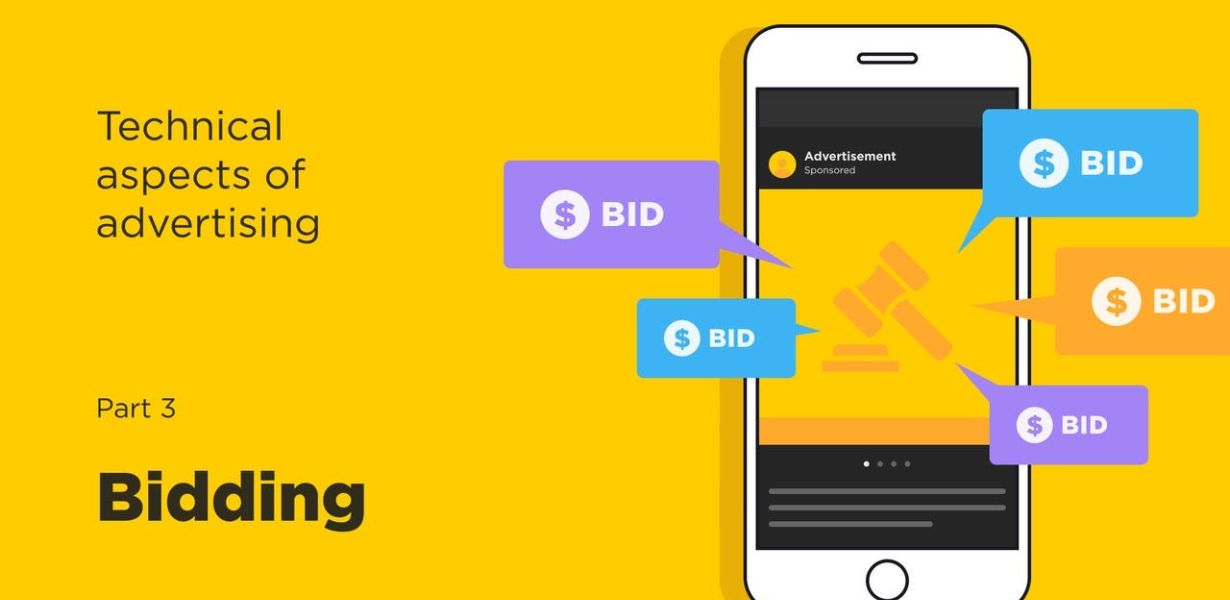
Next-Gen Ad Optimization: Innovative Strategies for Waterfall Bidding
- Post
- August 9, 2023
- Ad Serving Tech, Header Bidding, Waterfall
- 0 Comments
Modern digital advertising is a fast-paced ecosystem that demands not only creativity but also strategic prowess. Waterfall Bidding, a technique deeply embedded within programmatic advertising, has witnessed significant evolution. To maintain a competitive edge, marketers need to grasp the intricacies of this technique and harness its potential.
Understanding Waterfall Bidding: Beyond the Basics
Waterfall Bidding operates as a sequential auction process in programmatic advertising. Advertisers prioritize ad networks or exchanges based on historical performance and bid sequentially. This technique optimizes revenue generation by ensuring that each impression follows a predefined path, potentially maximizing the yield from available inventory.
Key Steps in Effective Waterfall Bidding:
Data-Driven Network Prioritization: Begin by analyzing historical data to identify top-performing networks. This data-driven approach allows you to allocate impressions to networks that deliver the best results consistently.
Real-time Bidding (RTB) Integration: Incorporate real-time bidding into your waterfall strategy. This enables dynamic adjustments based on real-time market conditions, ensuring optimal bid placements.
Ad Quality Monitoring: Regularly assess the quality of ads provided by different networks. High-quality, relevant ads enhance user experience and contribute to better performance.
Flexible Waterfall Structure: Implement a flexible waterfall structure that can accommodate changes based on network performance and market trends. This adaptability is crucial for staying ahead in the dynamic ad landscape.
Header Bidding Integration: Consider integrating header bidding alongside waterfall bidding to enable simultaneous auctioning and optimize ad yield across various demand sources.
Waterfall Bidding vs. Header Bidding: Finding the Balance
While Waterfall Bidding has its advantages, it’s essential to strike a balance with header bidding—a technique where multiple ad exchanges compete simultaneously for ad impressions. Header bidding can provide more competition and potentially increase revenue, but it’s crucial to manage latency issues that could impact user experience.
The Mobile-First Approach: Adapting to Changing User Behavior
As mobile usage continues to soar, adopting a mobile-first approach is imperative. Ensure that your Waterfall Bidding strategy is tailored to mobile devices, considering factors such as ad format, placement, and load times to enhance user engagement and conversions.
Emerging Technologies and Waterfall Bidding:
AI-Powered Bid Optimization: Leverage artificial intelligence to predict bid outcomes and adjust bidding strategies in real time, optimizing performance across networks.
Predictive Analytics: Utilize predictive analytics to forecast ad performance and allocate impressions to networks likely to yield the best results.
Dynamic Creative Optimization: Personalize ad creatives based on user behavior, preferences, and demographics, enhancing the relevance and impact of your ads.
Final Words
In a rapidly evolving digital landscape, mastering Waterfall Bidding techniques is a requisite for advertisers seeking optimal results. By leveraging innovative strategies, staying adaptable, and embracing emerging technologies, you can unlock the full potential of this approach and propel your digital advertising endeavors to new heights.
Commonly Asked Questions:
Q1: What makes Waterfall Bidding different from traditional bidding methods?
A1: Unlike traditional bidding, Waterfall Bidding involves sequential prioritization of ad networks, enabling advertisers to maximize revenue by strategically allocating impressions based on historical performance.
Q2: How does AI play a role in Waterfall Bidding optimization?
A2: AI enhances Waterfall Bidding by predicting bid outcomes, optimizing bidding strategies, and dynamically adjusting placements in real time to improve performance across various networks.
Q3: Can Waterfall Bidding coexist with header bidding?
A3: Yes, Waterfall Bidding can complement header bidding. Both techniques offer unique advantages, and a balanced approach can optimize revenue while managing latency concerns.
Q4: How important is the mobile-first approach in Waterfall Bidding?
A4: The mobile-first approach is crucial as mobile usage grows. Adapting Waterfall Bidding strategies to mobile devices ensures better user engagement, taking into account factors like ad format, placement, and load times.
Q5: What role do emerging technologies like predictive analytics play in Waterfall Bidding?
A5: Emerging technologies like predictive analytics enable advertisers to forecast ad performance and allocate impressions strategically, enhancing the effectiveness of Waterfall Bidding strategies.




